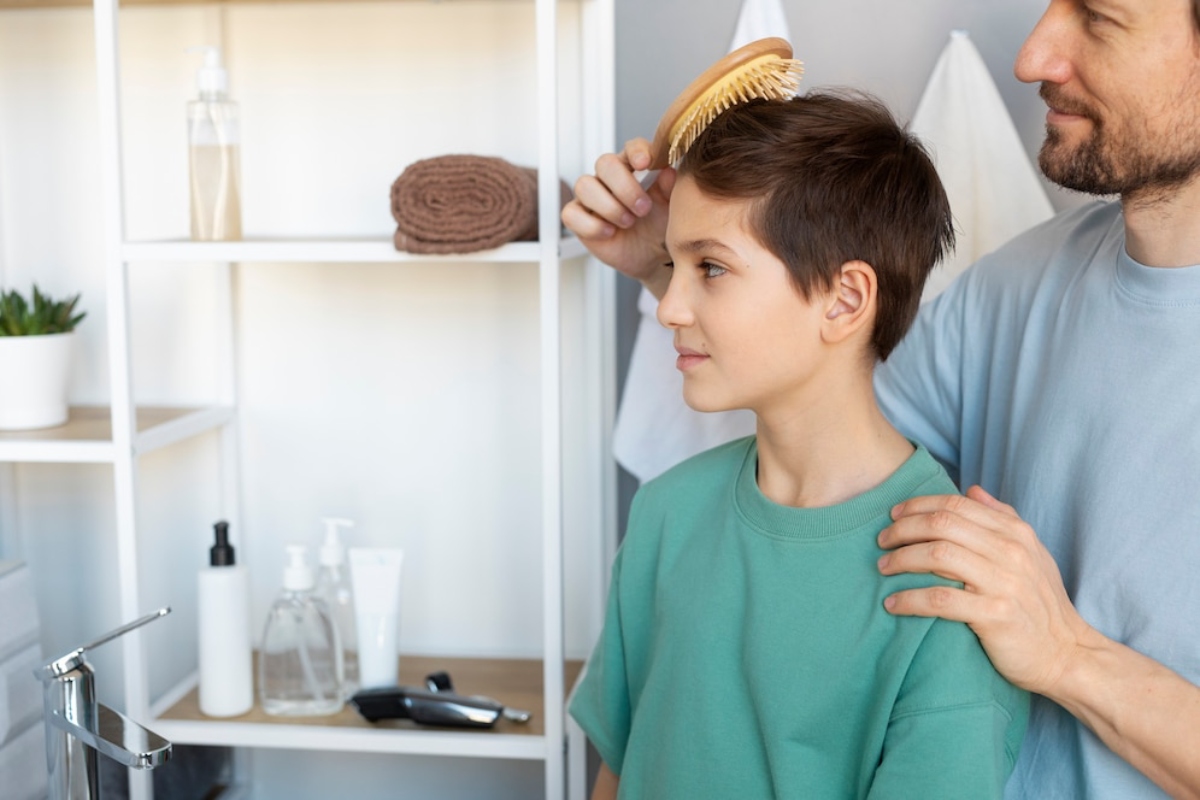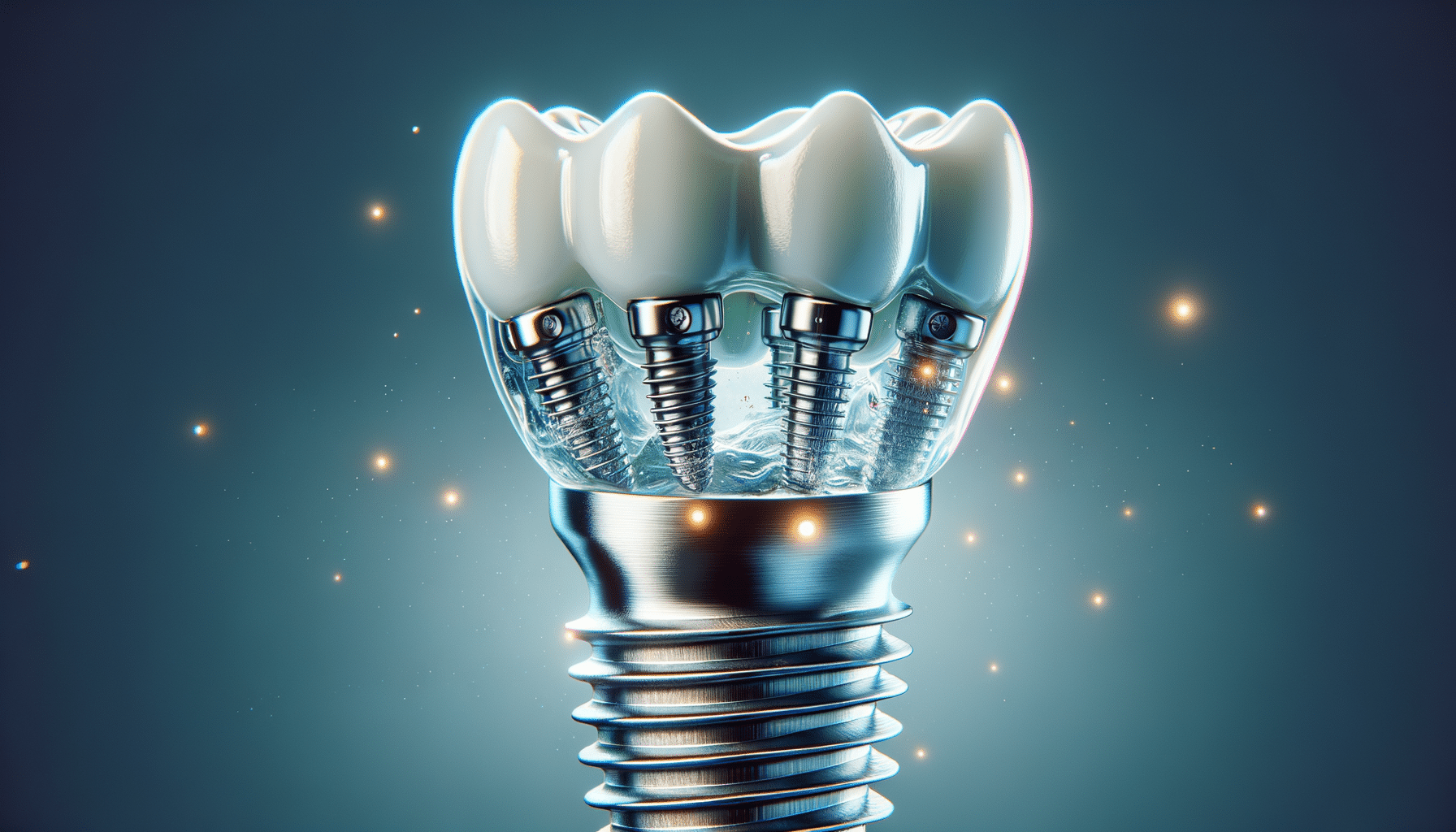
Understanding Growth Spurts During Puberty
When Shoes No Longer Fit Overnight
One day, you’re buying your child a new school uniform, and barely six months later, their trousers are ankle-grazers, and their sleeves end mid-forearm. Sound familiar? If so, you’re probably witnessing the extraordinary — and often bewildering — phenomenon of a puberty growth spurt.
Puberty is one of the most significant developmental transitions in a child’s life. While emotional and hormonal changes get a lot of attention, physical changes — especially rapid growth — are just as important. These changes can be both exciting and confusing, affecting everything from sleep to self-esteem.
This guide is designed to help you understand what’s happening during these adolescent growth stages, why it matters, and how to support your child with empathy, practical knowledge, and confidence. Whether your child has just hit their first growth spurt or is in the middle of a growth-related mood swing, this article will give you the tools to guide them through it, one inch at a time.
What Is a Puberty Growth Spurt?
The Science Behind the Stretch
A puberty growth spurt is a sudden and significant increase in height and weight that happens as part of adolescence. It’s driven by hormonal changes, especially increases in growth hormone, oestrogen, and testosterone, which signal the body to grow rapidly.
According to the NHS and the Royal College of Paediatrics and Child Health:
- Girls typically begin their growth spurt around ages 9–11, peaking just before their first period.
- Boys usually start a bit later, between ages 11–13, with a later—but more prolonged—peak.
During this time, children may grow 5 to 10 centimetres per year, and their body composition shifts dramatically. Muscles, bones, and organs are all developing rapidly to prepare for adult life.
Stages of Adolescent Growth
1. Pre-Growth Stage (Tanner Stage 1–2)
This is the quiet before the storm. While physical growth might still seem childlike, hormonal changes are already beginning beneath the surface.
Signs include:
- Slight weight gain
- Subtle mood changes
- Early signs of puberty (breast buds, testicular enlargement)
2. Acceleration Phase
This is where the real growth begins — slowly at first, then picking up speed.
You may notice:
- Shoes no longer fit
- Clothing sizes jump every few months
- Appetite increases dramatically
This is a signal that the growth spurt is underway.
3. Peak Growth Velocity (Tanner Stage 3–4)
The fastest phase of puberty growth. Height shoots up, limbs stretch out, and coordination may falter.
Common changes include:
- Longer arms and legs
- “Gangly” or awkward movements
- Back or leg aches due to rapid bone growth
Girls typically hit this stage before boys, with boys often growing taller overall by the end of puberty.
4. Growth Slowdown and Completion
After the peak, growth slows. By around 16 for girls and 18 for boys, most children reach their adult height. Bone growth plates close, and growth hormones stabilise.
How Growth Spurts Affect Kids — Beyond Height
Physical Effects
It’s not just about getting taller. Growth spurts affect many parts of the body at once.
- Skeletal changes: Bones grow rapidly, often causing “growing pains”
- Posture shifts: Slouching is common, especially during awkward limb-length stages
- Muscle tightness: Muscles sometimes lag behind bones, causing discomfort
- Clumsiness: Changes in the centre of gravity affect balance and coordination
Emotional and Social Effects
Physical growth can affect how tweens and teens feel about themselves.
- A girl who grows tall early might feel self-conscious next to shorter peers.
- A boy who grows later may feel left behind or “too small.”
- Rapid changes in body image can trigger questions about identity, self-worth, or comparison.
Empathy is key. Reassure them that everyone’s body grows at its own pace — and that there’s no such thing as the “right” timeline.
Academic and Sleep Impact
The body needs extra sleep during periods of intense growth, often 9–11 hours per night. Unfortunately, adolescence also brings shifts in circadian rhythm, making it harder to fall asleep early.
Growth spurts can also impact:
- Concentration (due to fatigue or hunger)
- Mood regulation (linked to hormones and tiredness)
- Physical activity (especially during soreness or pain)
Supporting Your Child Through a Growth Spurt

1. Nutrition for Growing Bodies
Proper nutrition fuels healthy growth. Without enough energy or key nutrients, growth may stall or become inefficient.
Focus on:
- Protein: For muscles and tissue repair (chicken, eggs, beans)
- Calcium: For strong bones (milk, yoghurt, leafy greens)
- Iron: Especially important for menstruating girls (lean meats, lentils)
- Zinc and Vitamin D: For growth hormone support
Avoid obsessing over diets or portion control. During this stage, appetite often spikes — let them eat to satisfy growing needs.
2. Sleep and Rest
Encourage:
- Consistent bedtimes
- Calming bedtime routines
- A screen-free wind-down period
If your child needs more naps or rest days during peak growth phases, that’s okay — it’s not laziness, it’s biology.
3. Supportive Clothing and Gear
Growth spurts often mean:
- Shoes wearing out quickly
- Trousers becoming ankle-length
- Underwear becoming uncomfortable
Stock up on adjustable or stretchy clothing, and don’t shame your child for “outgrowing” their size. Celebrate it as a sign of healthy development.
4. Encouraging Positive Body Image
This can be tricky when the body changes faster than the mind. Promote positive body talk and respect by saying:
- “Your body is growing exactly the way it needs to.”
- “It’s okay to feel weird about your body sometimes.”
- “This is just one stage — it won’t feel this way forever.”
Use neutral language when discussing size or height and avoid making comparisons with siblings or peers.
5. Movement and Stretching
Physical activity helps align bone and muscle development and improves balance and posture.
Great options include:
- Swimming (low impact and excellent for posture)
- Yoga or stretching (to ease growing pains)
- Light strength training (for older teens)
Encourage gentle warm-ups and stretching routines, especially if your child complains of tight legs or sore joints.
Helping Them Understand What’s Happening

Education is empowering. Teach your child about:
- The biology of growth and puberty
- That different parts of the body grow at different times
- Why they might feel awkward, tired, or emotional
Use diagrams, books, or videos that explain changes in a non-judgmental way.
Great resources include:
- What’s Happening to Me? (Usborne Books)
- NHS Teen Health resources
- BBC Bitesize’s puberty explainer
When to Seek Medical Advice
In most cases, growth spurts are healthy and normal. But occasionally, unusual patterns may require a doctor’s input.
Speak to your GP if:
- Your child hasn’t started puberty by age 14
- Growth seems excessively rapid or extremely delayed
- One side of the body grows differently from the other
- They experience severe joint pain, extreme fatigue, or visual disturbances
Keep track of their growth (height and weight) every 6–12 months to spot trends and patterns. This can be helpful during paediatric check-ups.
Common Questions Parents Ask
“Why is my child growing so fast all of a sudden?”
That’s peak growth velocity in action. It usually lasts 6–12 months, though the effects can stretch over two years.
“My child complains about leg pain — is this normal?”
Yes — growing pains are common, especially in the evening or after activity. Warm baths, massages, or stretching can help.
“What if my child isn’t growing as fast as their peers?”
Growth timelines vary widely. Some kids hit spurts early, others later. Focus on overall well-being, not comparison.
Conclusion: Growing Into Themselves
Growth spurts during puberty are more than just a shoe size increase or a sudden jump in height. They’re a physical expression of a complex, beautiful phase of transformation. And just like emotional maturity, growth happens on its own timeline.
As a parent, your job isn’t to rush it, fix it, or overanalyse it — it’s to walk beside your child, offering knowledge, patience, and reassurance when things feel strange or uncomfortable.
Celebrate their milestones and development. Offer stretchy trousers. Stock the fridge. Listen when they say they’re tired or achy. And above all, remind them that they’re doing exactly what growing bodies are meant to do.
Have you been through a growth spurt with your child recently? What helped — or surprised — you the most? Leave a comment below and share your story with our parent community.


